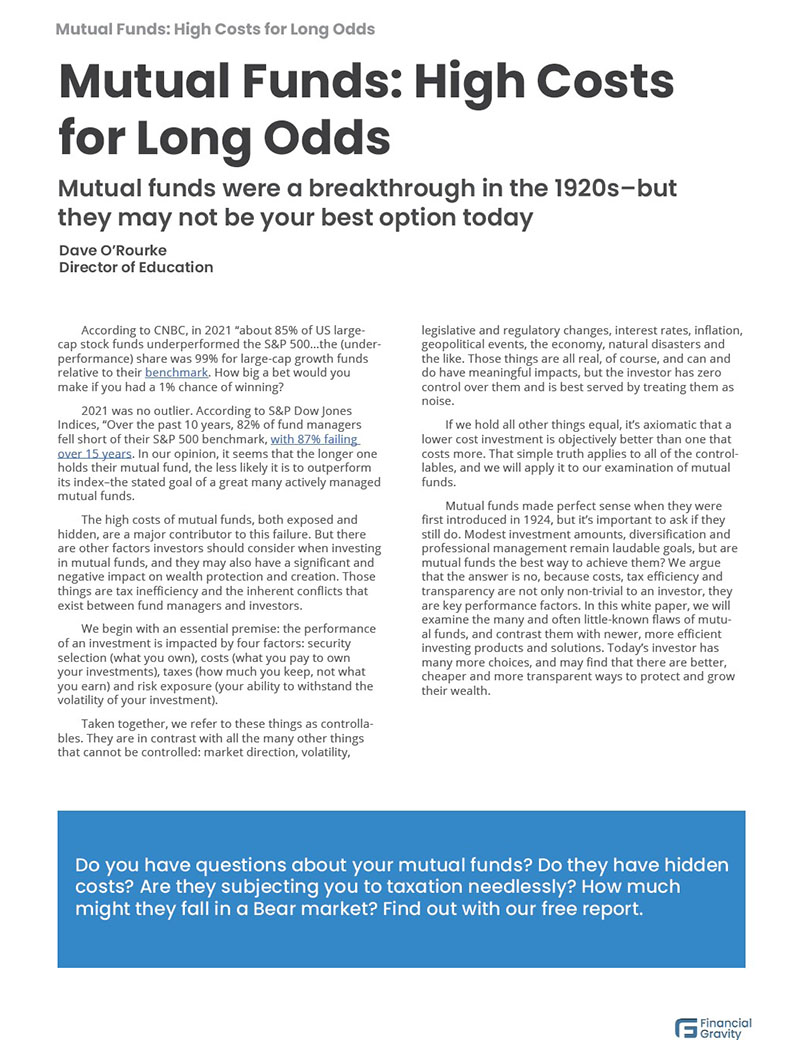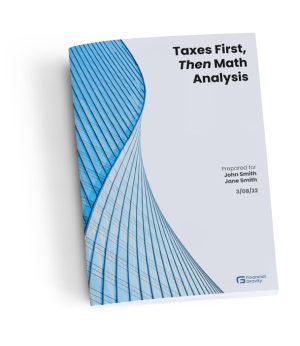“If you’re saying, ‘Are we out of the pandemic phase in this country?’ — we are,” Dr, Fauci said on April 27th. Welcome as that sounds, it begs a question: how long will it be before we can’t remember what the “19” in COVID 19 meant?
Looking back on the Pandemic, perhaps the most striking single factoid might be this: US billionaires saw their collective wealth rise 62% in just the first 18 months of the Pandemic.
You may be thinking how can that be? After all:
- On May 4th, the US officially recorded its one-millionth COVID-related death.
- The International Monetary Fund (IMF) estimated that median global GDP dropped by 3.9% from 2019 to 2020, making it the worst economic downturn since the Great Depression.
- Inflation has roared back to life after 40 years in hibernation. After hearing it was “transitory” we now believe that it may be with us for a long time.
- The Fed raised interest rates by half of a percent at its last meeting and has announced that there will be several more in the quarters ahead. Already 30-year home mortgage rates are above 5%, their highest rate since 2009.
- The Labor Force Participation rate in March hit 62.4%, a low not seen since January of 1977. 37.6% of Americans are not working, despite the 11.5 million jobs that were unfilled in the last reporting period.
- As we write this, the 52-week high for the S&P 500 was 4818.62. On May 9th of 2022 it closed at 3991.24, a drop of 17.2%, near Bear territory, which is commonly defined as a drop of 20% or more.
Normally, we would not be so focused on near-term events or statistics, but we believe that we are in a period where investors are particularly concerned. COVID was unlike anything most Americans had ever experienced, and it seems to us that the news these days is particularly worrisome for many.
Let’s return to our main theme: during what seems unquestionably to be a pretty dark economic period, the ultra-rich have gotten a lot richer. How did that happen? What are they doing that the rest of us are not?

Reason #1 seems pretty obvious: as you can see in the chart above, the first 18 months of the pandemic were very good for stocks. Recall that in that period other assets, notably residential real estate, also enjoyed strong gains.
When we dig into what statisticians call “the internals”, we get another big clue: America’s richest people have vast holdings in the companies that are powering the stock market’s performance: Tesla, Amazon, Microsoft, Facebook (now Meta), Google (now Alphabet), etc.
As good as the broader market was in this period, what these billionaires owned did much better. The most dramatic example of this was Elon Musk, whose wealth increased in 18 months by over 600 percent. Owning stocks was good; owning the right stocks was great.
There may be a lesson in this for the American family. What are the right stocks? We think it’s arguably true that the right stocks in the pandemic included those companies that supported and facilitated the new behaviors that were mandated by public policy: don’t go to work, don’t leave the house.
Another group that made the “right” list would be companies that had the financial strength to survive a massive downturn in revenues, or who offered products and services that people simply cannot survive without. Moderna, Novo Nordisk and Stryker all came through the pandemic in great shape.
It turns out people can survive without hotels, restaurants and cafes, but while over 30% of these businesses closed during the pandemic, Marriott and Starbucks were never seriously threatened and may even be poised to fill the supply gap created by all those closed boutique hotels and mom-and-pop coffee shops.
Others among those “right” stocks were (and we believe are) those that fully exploit technology. Technology can range from medical devices to CRISPR, the slice-and-dice techniques that modifies human RNA. Technology can cut costs, streamline logistics, help sellers find buyers, and obviously, has radically changed the retail landscape.
While local retailers, long under pressure from big box companies like Walmart and Costco, struggled (and often failed) during the pandemic, many online retailers thrived. Online retail sales soared by 43% in 2020. If you have noticed a lot of Amazon-branded delivery trucks lately, you’re not imagining things: Amazon is poised to overtake UPS and FedEx as the largest package delivery company in the USA.
Owning high-flying mega successes is not easy. In the Tech Wreck, Amazon shares lost 98% of their value. Just before the Model 3 production woes were solved, Tesla was on the knife-edge of bankruptcy, and Musk was sleeping on the assembly line floor. It took real intestinal fortitude to survive experiences like that.
Athletic coaches often say that “adversity builds character”, but the athletes themselves know that adversity reveals character. Few people have the right stuff to take on entrenched industries, like brick-and-mortar retail or General Motors, and win. Doing that takes more than a love of long shots; it takes endurance. We suggest that endurance is the confluence of discipline and patience.
So what is the takeaway? What can we learn? It’s this: Billionaires become billionaires by being highly concentrated, disciplined and patient. They put all their eggs in one basket, and they don’t quit.
How can the typical American family use these lessons to protect and grow their family’s wealth? Few people have the combination of insight, skill and timing required even to make a big bet, let alone win one. If you don’t have the ingredients it takes to concentrate your risks, you’ll need a Plan B.
Plan B is, essentially, the opposite of concentration. Rather than staking everything on a single idea or invention, Plan B dictates diversification. It means not taking uncompensated risks. It means capturing the broad market’s performance. Take another look at the chart above. It may not be Musk-like, but doubling your money in 18 months looks pretty good.
Millionaires become millionaires by being diversified, disciplined, and patient.
What do they have in common with billionaires? Discipline and patience. Endurance. Enough faith to hang in there when times are tough, the news is bad, and the wall of worry looks impossibly steep.
Since this issue of the Chronicle is all about lessons, we’ll suggest another one, this one also borne of years of observation, and you can write it on a rock: tough times transfer wealth from the impatient to the patient.
Are tough times ahead? Human history suggests that “yes” is the only conceivable answer to that question; tough times are just a part of life. The more interesting question is this: when the tough times come, will we have the discipline and patience to endure them? Protecting and growing wealth may very well depend on our answer to that.


